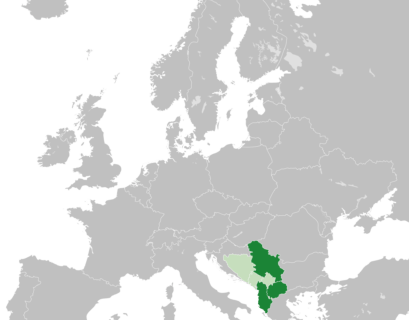Enlargement waves of the EU: Hungary’s example
The enlargement of the European Union is a slow and gradual process of creating a broader community. After signing the Treaty of Rome in 1957 by six Member States, the EU (or its predecessor, European Community, EC) has gone through seven waves of enlargement as of 2022. These waves transformed the community and made it a wider entity in political, economic and geographical terms. Despite several economic and political crises and even after the Brexit in 2020 which resulted in the loss of one of the most influential Member States, the United Kingdom, EU membership remained a priority of foreign policy goals for many countries, especially in Southeast Europe. Nowadays, seven countries holds the candidate status while two others have the potential the reach this position.
Recently, in July 2022, Albania and North Macedonia got the green light to start their accession negotiations after many years of struggle (Euronews, 2022). Nevertheless, this positive development does not mean that their road to membership would be easy as changing geopolitical and economic circumstances slow down their accession negotiation impetus. Several challenges in Southeast Europe overshadows the efforts of candidate countries in the region (Németh & Ármás, 2022).
This paper aims at analyzing and comparing the altering EU stance towards enlargement with special focus on Hungary’s experience during the 1990s and early 2000s until its joining the community in 2004. Subsequently, it will portray the EU’s situation, willingness and openness towards enlargement in the early 2000s and the current ‘fatigue’ which postpones any possible enlargement in the distant future.










